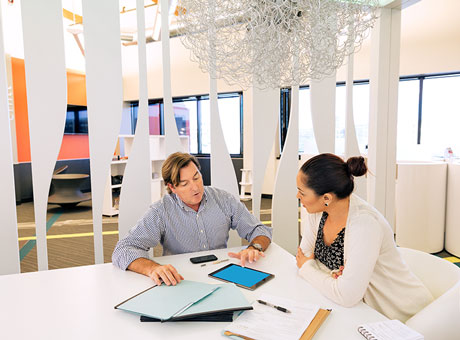What are capital allowances?
In a nutshell, capital allowances enable you to reduce your taxable income by accounting for the capital assets you use for your business.
Capital allowances can typically be claimed on capital expenditure for tangible and intangible assets, including equipment, vehicles, property, research and patents.
There are two main ways capital allowances are treated:
1. Deducting the purchase cost of the asset
In the UK and Ireland, the original cost of an asset can generally be claimed as a capital allowance. Some assets can be deducted in full in the year the expenditure was incurred, while others are spread over several years.
Example:
Let’s say a plumber earns $80,000 in one financial year and buys a $30,000 vehicle that is eligible to be claimed in full as a capital allowance. In this case, he can claim a tax deduction of $30,000, bringing down his taxable income to $50,000. However, he can’t claim any further deductions for the cost of the asset after that year.
2. Deducting depreciation of the asset
In many countries other than the UK and Ireland, you generally can't deduct the full cost of capital assets immediately. Instead you claim the cost over time based on the asset's decline in value (or depreciation).
Example:
Let’s say a plumber earns $80,000 in one financial year and owns a work vehicle that declines in value by $7,000 in the same year. In this case, he can claim a tax deduction of $7,000, bringing down his taxable income to $73,000.
The following financial year he earns $70,000 and his vehicle declines in value by $6,000. He can then claim another deduction of $6,000, bringing his taxable income down to $64,000.

















